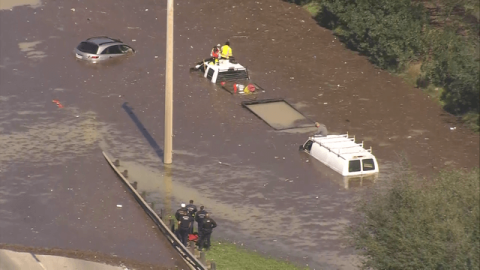The COVID-19 pandemic has changed everything about our lives in the last sixty days. With the “Stay Home, Work Safe” orders and school closures, many commercial buildings are now under-occupied or completely unoccupied and may continue to be for months. Without regular use from tenants, guests or students, it can be a challenge to maintain a building’s water systems. Reduced consumption at the municipal supply and within the building can lead to reduced levels of chlorine and allow for bacteria growth, most notably Legionella, in the piping.
To maintain water quality, a building’s water systems need to be flushed and tested. Opening faucets, showers (hot & cold), flushing toilets, draining dead legs, running drinking fountains & bottle fillers, ice machines, coffee makers, and other appliances on a regular schedule will prevent the water from becoming stagnant and potentially allowing bacteria growth. If any of these fixtures drain to a sanitary sump station, it needs to be pumped down on a similar schedule to prevent water from sitting in the basin for long periods. The schedule for flushing building’s water systems will vary depending on occupancy, size, age, and design.
Regular water testing will provide feedback on the building’s water quality. Cougar USA can provide on-site Legionella testing Spartan Bio Cube and deliver results in 45 minutes. If Legionella is detected in the water, we can provide recommendations for short-term remediation and long-term mitigation.



